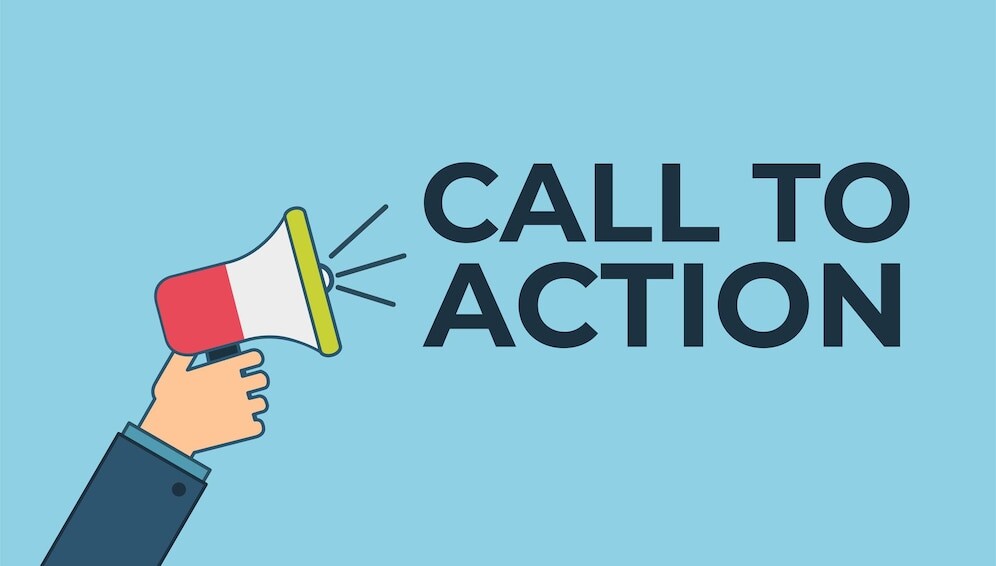Boosting Conversions: Call-to-Action Best Practices for San Antonio Websites
In today’s digital age, having a strong online presence is crucial for businesses. However, simply having a website is not enough. You need to optimize your website to drive conversions and turn visitors into paying customers. One of the most effective ways to do this is by creating compelling call-to-action buttons and copy. A well-designed and strategically placed call-to-action can make all the difference in boosting your conversion rates. However, it’s important to understand the best practices for creating effective calls-to-action specific to your San Antonio audience. To get the right elements you can check on Web design in San Antonio from Texas Web Design as they are experts when it comes to creating reliable websites.
Strategic Placement of CTA

1. Above the Fold:
The “above the fold” area refers to the portion of your webpage that is immediately visible without scrolling. Placing your CTA above the fold ensures that it is one of the first things visitors see when they land on your page. This prime placement grabs their attention and increases the likelihood of them taking action.
2. Eye-catching Design:
Your CTA should stand out visually from the rest of your webpage. Use contrasting colors, bold fonts, or even animations to draw attention to your CTA. Make sure it is easily visible and instantly recognizable as the next step for your visitors.
3. Relevance and Context:
Your CTA should be relevant to the content on the page. It should align with the visitor’s intent and provide a clear next step that makes sense in the context of their journey on your website. For example, if you’re offering a free e-book on a blog post, the CTA should be something like “Download Now” or “Get Your Free E-Book.”
4. Use White Space:
Surround your CTA with white space to make it stand out even more. White space helps to create visual focus and directs the visitor’s attention to the CTA itself. Avoid cluttering the area around your CTA with other elements that may distract or confuse your visitors.
Compelling CTA Language

A CTA serves as a prompt for visitors to take a desired action, such as making a purchase, signing up for a newsletter, or downloading a free resource. By using persuasive and compelling language in your CTAs, you can effectively convince and motivate your audience to take that desired action. This can significantly increase your conversion rates and ultimately drive more sales or leads for your business. Well-crafted CTAs that create a sense of urgency, offer value, and clearly communicate the benefits of taking action can greatly enhance the effectiveness of your marketing efforts.
A/B Testing and CTA Optimization
A/B testing involves creating two or more versions of a webpage or element and measuring the performance of each version to determine which one generates higher conversions. This allows businesses to make data-driven decisions and optimize their website for maximum conversion rates. CTA optimization, on the other hand, focuses on optimizing the design, placement, and wording of the call-to-action buttons on a website to encourage visitors to take a desired action, such as making a purchase or filling out a form. By continuously testing and optimizing these elements, businesses can significantly increase their conversion rates and ultimately drive more sales or leads.
Mobile-Friendly CTAs

1. Keep it concise and clear:
Mobile screens are smaller than desktop screens, so it is crucial to keep your CTAs short and straightforward. Use clear and concise language to convey your message effectively. Avoid using jargon or complicated phrases that may confuse or overwhelm mobile users.
2. Use contrasting colors:
To make your CTAs stand out on mobile screens, choose colors that contrast with the background. This will make them more noticeable and increase the chances of users clicking on them. Use bold and vibrant colors that align with your brand’s identity and catch the user’s attention.
3. Use a prominent placement:
Place your CTAs strategically on your mobile website or app. Ensure they are easily visible and accessible to users without scrolling too much. Consider placing them above the fold or in areas where users are most likely to engage, such as after a product description or at the end of a blog post.
A well-designed website with strategically placed CTAs can guide visitors toward taking desired actions, such as making a purchase, signing up for a newsletter, or contacting your business. A professional web
designer understands the importance of creating visually appealing and user-friendly websites that effectively communicate your brand message and encourage visitors to take action. By investing in a web designer who specializes in creating websites with the right CTA elements, you can ensure that your website not only looks great but also drives results for your business.

















